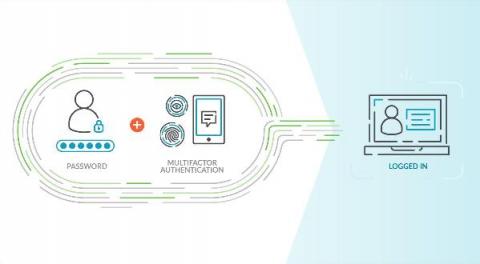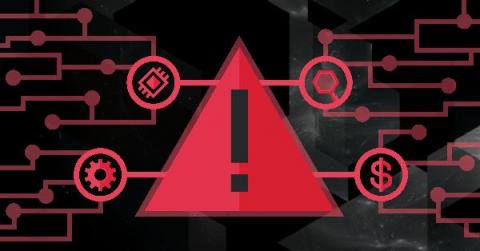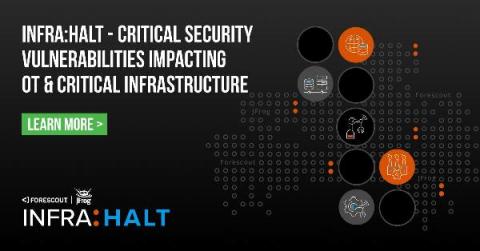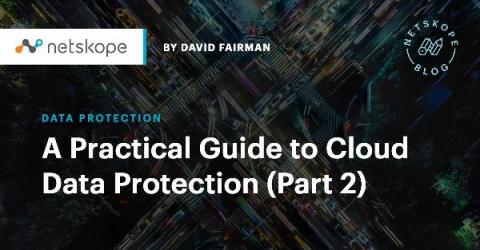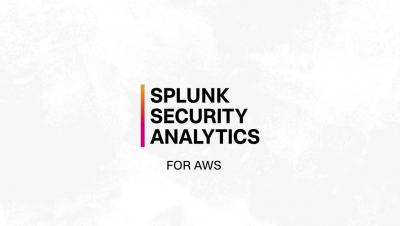Security | Threat Detection | Cyberattacks | DevSecOps | Compliance
Technology
Securing AWS IAM with Sysdig Secure
Last year’s IDC’s Cloud Security Survey found that nearly 80 percent of companies polled have suffered at least one cloud data breach in the past 18 months.
How CrowdStrike's Intel Improves Cloud Security
7 Internet of Things Threats and Risks to Be Aware of
The internet of things (IoT) is a highly developed space that is home to a vast amount of sensitive data, making it a very attractive target for cybercriminals. Threats and risks continue to evolve as hackers come up with new ways to breach unsecured systems -- posing a threat to the ecosystem itself. Let’s take a look at the leading threats and risks to the IoT and the associated vulnerabilities that must be secured.
INFRA:HALT 14 New Security Vulnerabilities Found in NicheStack
NicheStack is a TCP/IP network stack commonly used in millions of Operational Technology (OT) devices around the world, including in critical infrastructure such as manufacturing plants, power generation/transmission/distribution, water treatment, and more. JFrog’s security research team (formerly Vdoo), together with Forescout Research Labs, recently discovered 14 new security vulnerabilities affecting the NicheStack TCP/IP stack.
Detectify expands coverage for public APIs (in development)
A Practical Guide to Cloud Data Protection (Part 2)
Step 3: Know the flow of the data through the ecosystem—be the inspection point between the user and the data.
What is Splunk Security Analytics for AWS?
Go cloud or go home: the advantage of cloud-delivered cybersecurity
It seems as if everything is happening in the cloud now — whether I’m sharing a document with a colleague or backing up family photos. This is happening in cybersecurity as well, where the storage flexibility and computing power of the cloud have enabled new ways to secure organizations.
Cloud Auto-Remediation and Enforcement with Tripwire Configuration Manager
Determining the security posture for an increasing quantity of cloud accounts and services used by many organizations can feel overwhelming, but Tripwire Configuration Manager can help you find, fix, and even enforce settings for common security problems in cloud services. In this blog, we will show how the simple steps required to have Tripwire Configuration Manager automatically fix common configuration issues.



